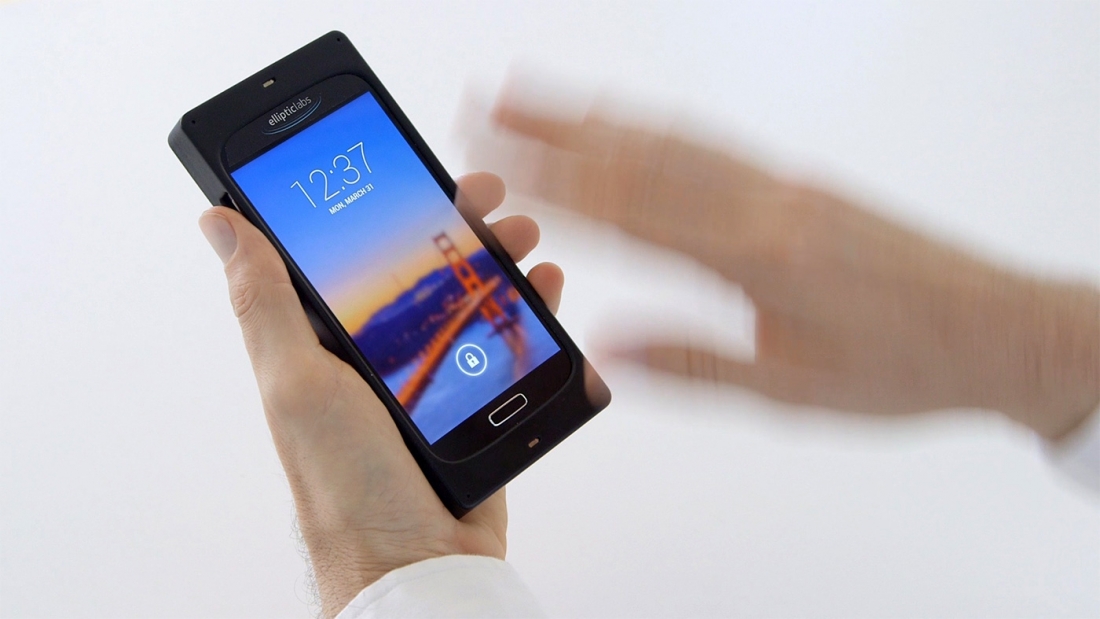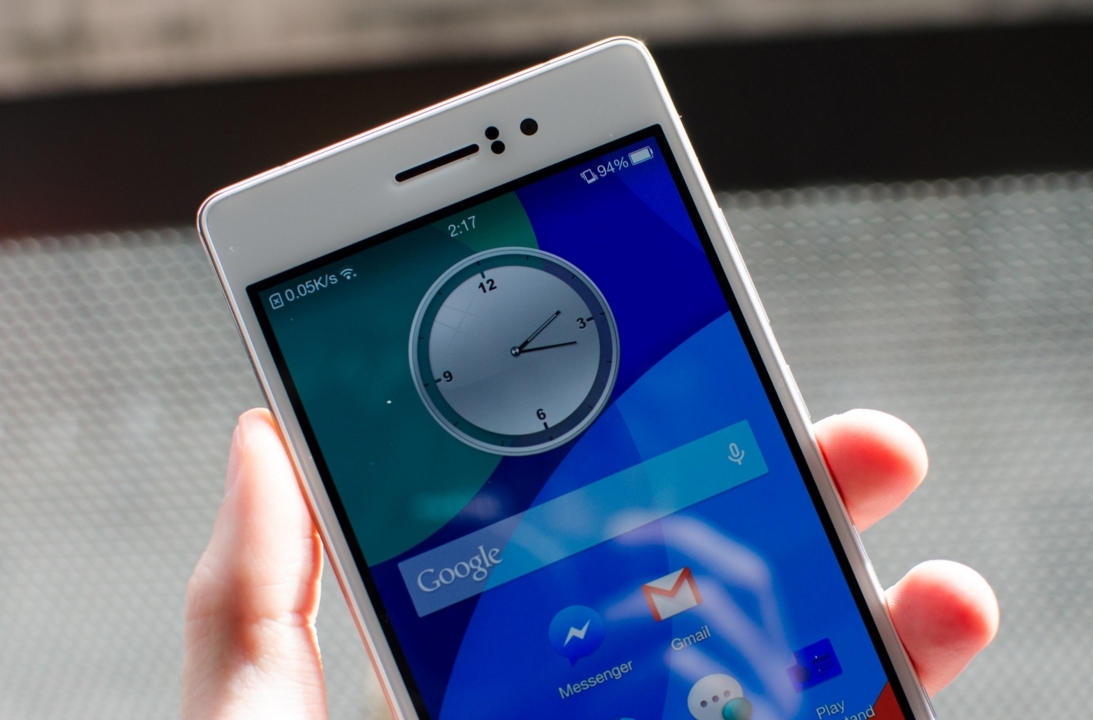Most smartphones are offered in your choice of black or white bezel. Regardless of which you choose, you've no doubt noticed a series of small black "dots" near the top earpiece (they stand out like a sore thumb on white-faced phones). Among them is a proximity sensor used to turn the screen off when conducting a voice call.
Aside from being an eye sore (at least, to people that heavily value the aesthetics of their phone), traditional proximity sensors take up valuable real estate and somewhat dictate the design of a handset. No more, says Elliptic Labs.

The Norwegian startup says it has developed software called Beauty that uses a phone's existing speaker and microphone to pull off the same effect. Specifically, the company's solution sends out small waves of sound from the earpiece and listens for a reflection using the microphone.
Elliptic Labs CEO Laila Danielsen said their software-only solution replaces and outperforms optical hardware sensors, beautifies design, reduces cost and frees up physical space inside mobile devices.
The company said it is working directly with OEMs to integrate its ultrasound proximity software into phones sold this year. Unfortunately, Elliptic Labs didn't specify which manufacturers it is working with but said it has agreements in place with five smartphone makers (two of them being global brands).
